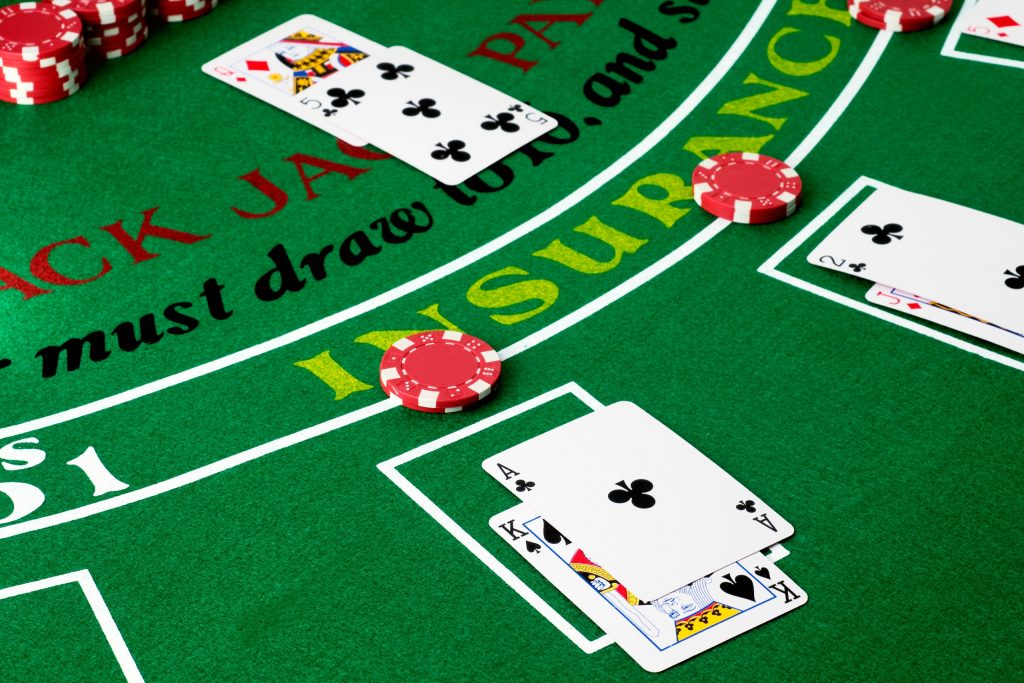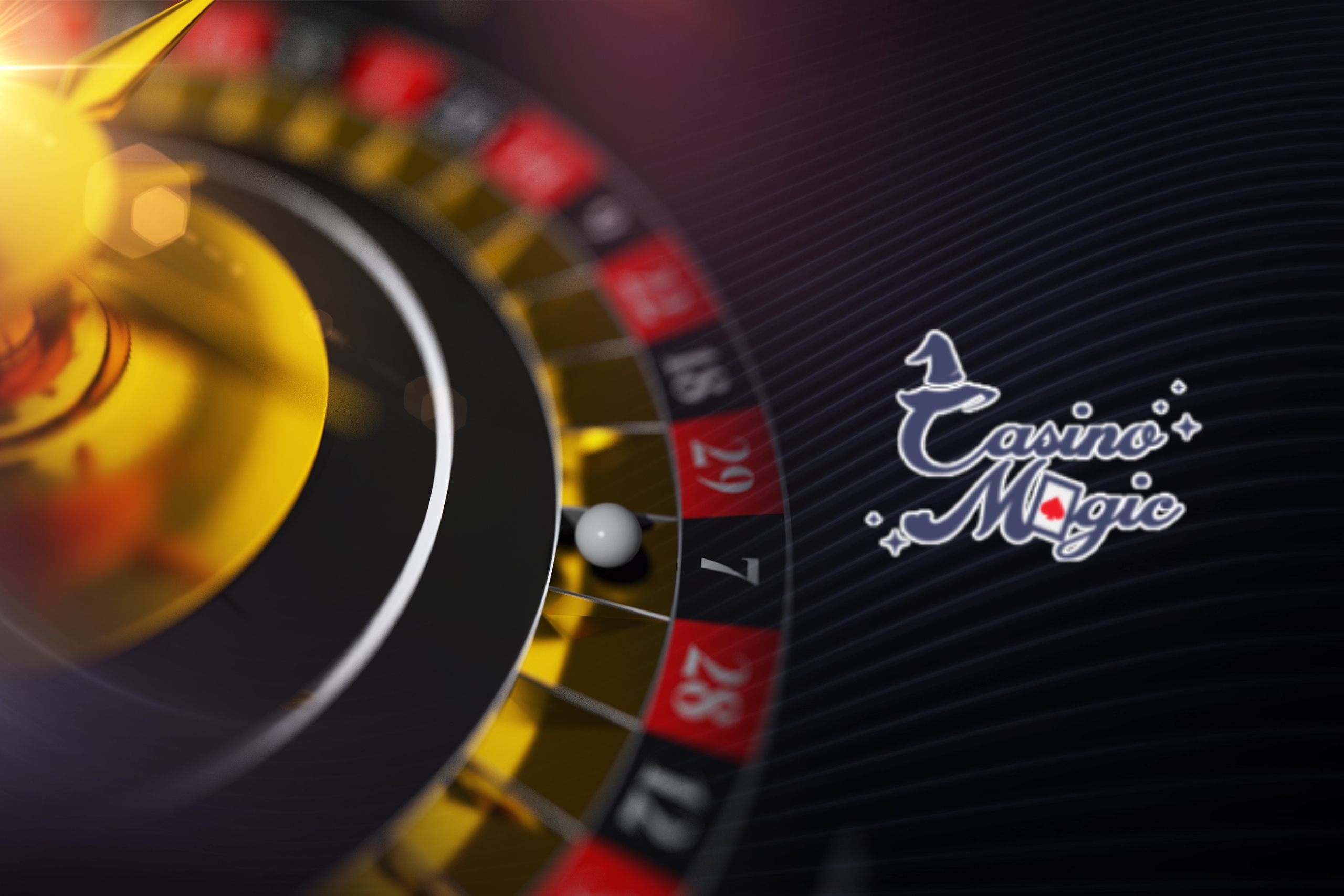The rules of blackjack are essential for any player to understand in order to have a chance at beating the house. Knowing the rules of the game can give players the knowledge and strategies needed to make optimal decisions to increase their chances of winning.
If you know the rules of blackjack, you’ll know when to hit, stand, double down, or split your cards. It also helps players understand the odds and percentages of the game, which is important for making smart choices at the table.
Players can also avoid making common mistakes and falling into traps that can cause them to lose games they don’t need to. Fans of blackjack can create a strong plan that gives them an edge over the house by learning the rules and how they affect the game.
1. Understanding the Basics of Blackjack
In blackjack, the idea is to get as close to 21 as possible without going over. Once a player has two cards, they can choose to get another card or keep the ones they already have. The player wins if their hand is closer to 21 than the dealer’s or if the dealer goes over 21 and “busts.”
You need to know how much each card is worth in order to play Blackjack well. Numbered cards (2–10) are worth what they say on the back. Face cards (Jack, Queen, and King) are worth 10, and Aces can be worth either 1 or 11, based on which is better for the person.
It is also important to learn how to rank your hands. You can get a “Blackjack” with an Ace and a 10-value card, which adds up to 21. When it comes to getting over 21, hands that are closer to 21 than the dealer’s are the next best.
Players can make better choices during the game and increase their chances of winning if they know the basics of card values and hand ranks.
2. The Blackjack Table and Betting Strategy
The standard arrangement for a blackjack table is a half-circle table that can fit seven people. They stand on the straight side of the table, right in front of where people can bet. For each person, there is a set area where they can bet, and the cards are given right in front of their area. The shoe, which is where the cards are given, as well as the discard tray and chip tray are all on the table.
People can make different kinds of bets in blackjack, and each one has its own meaning. The main bet is the first bet a player makes before the cards are given. Along with main bets, players can also make side bets like insurance or pair bets, which give them more chances to win. What makes these bets important are the possible payouts and the risk that comes with them. Take safety bets as an example. They can protect the player if the dealer gets a blackjack, but they cost money. To make a good betting plan in blackjack, you need to know about the different types of bets and what they mean. People who play blackjack can improve their chances of winning by being smart about when and how much to bet.
3. The House Edge in Blackjack
In blackjack, the house edge is the edge that the casino has over the players based on statistics. It is shown as a proportion of the player’s first bet, and in blackjack it is usually between 0.5% and 1.5%. No matter what happens in any given hand, this edge means that the casino will make a profit over time on average.
The house edge lowers the amount of money that players could win, which affects their chances of winning. In this case, if a player bets $100, the house edge tells us that over time, they are likely to lose a certain portion of that amount. In the long run, this makes it harder for players to win because the odds are always against them.
People who play blackjack can beat the house edge by using tactics like basic strategy, card counting, and smart bet management. These methods won’t get rid of the house edge fully, but they can help lessen its effect and raise the players’ chances of winning.
4. Basic Strategy for Beginners
Strategy at its most basic level is an important idea that can help you succeed in anything. Having a clear and effective plan can make all the difference in reaching your goals and getting through tough times, whether you’re in business, sports, or just everyday life. When learning strategy for the first time, it’s important to first understand the basic ideas and then figure out how to use them correctly.
Step 1: Know what the goals and aims are. Making sure you know what you want to accomplish and what success means to you is very important.
Step 2: Look at how things are right now. Take a look at the tools, skills, and flaws you have available to you.
Step 3: Come up with possible tactics. Look into and come up with a list of different ways to reach your goals.
Step 4: Look at all of your options and pick the best one. Think about the good and bad points of each possible plan and pick the one that fits your goals and resources the best.
Step 5: Put the plan into action. Once a plan has been made, it’s time to carry it out. This could mean making a thorough plan, giving people jobs, and setting goals to see how things are going.
Beginners can start building a strong basis in basic planning and working toward their goals more effectively by following these steps.
5. Card Counting Techniques
Card counting is a way for blackjack players to keep track of the cards they’ve been given and figure out how likely it is that certain cards will come up. It gives players a way to beat the casino by letting them change their bets and playing strategy based on the cards that are still in the deck.
The Hi-Lo system is the most well-known way to count cards. In this system, players give each card a point number. Cards 2–6 are worth +1, cards 7–9 are worth 0, and cards 10–Ace are worth . Players like this method because it strikes a good mix between being accurate and being hard to understand.
The Omega II system is another way to do it. It uses a more complicated point system to figure out how the loss of a card changed the odds. But even though it is more reliable, it is harder to learn and use well.
The Hi-Lo system is more complicated than the Knock-Out (KO) system. Both systems use the same point values, but the KO system adds a “knock-out” number for the deck. It’s easy to use, but it’s not as accurate.
The Red 7 system is like the Hi-Lo system, but it adds a special tag to the red 7s to account for how the odds change when more red cards are given.
There are pros and cons to each way, and the best one for a player will rely on their skills, experience, and personal tastes. In the end, counting cards in blackjack can give players an advantage over the odds and raise their chances of winning.
6. Advanced Strategies for Experienced Players
Some advanced tactics for blackjack players with a lot of experience are shuffle tracking and hole-carding. Shuffle tracking means giving close attention to the order of the cards as they are mixed up. This lets the player guess where certain cards will be in the deck. This can give you a big edge when you need to know when to raise your bets or make certain moves.
Another advanced technique is hole-carding, which means finding the dealer’s hole card (the face-down card) and making choices based on that knowledge. You can do this by watching what the dealer does and using reasoning to figure out what the hole card is worth.
These more complex methods should only be used when the odds are in your favor and you are a very skilled and experienced player. This includes games with deep entry, where a lot of cards are handed out before the deck is shuffled, and games where the dealer’s hole card is easy to see.
Players should know that these techniques are against the law because some casinos don’t let them use them and players can be banned from casinos that find out about them. Because of this, players should be careful and only use these methods when they are very good at the game.
7. Bankroll Management Tips
Managing your money is very important in blackjack because it affects your chances of staying in the game and maybe even making money. Making a budget is the first thing you need to do to manage your money well. Set aside a certain amount of money that you are ready to lose before you start playing. This budget shouldn’t affect your daily spending and shouldn’t be linked to any other debts you have. You should stick to your budget once you’ve made it. Don’t go over budget to make up for losses; this can cause stress and problems with your money.
It’s also important to change the size of your bets based on how much money you have. As a general rule, you should bet between 1% and 2% of your cash on each hand. This will help you keep playing even when luck isn’t on your side and runs of loss end. As your fund grows, you can slowly raise the size of your bets, but you should be careful to do this. If you lose money and your bankroll goes down, on the other hand, you need to change your bets so you don’t run out of money.
8. Emotional Control and Discipline
When you play blackjack, your feelings can affect your choices in a big way. Players may be pumped up, worried, or angry, which can make them make hasty choices and take risks they don’t need to. Emotions can make it hard to think clearly, which can cause bad decisions that change the results of the game. It’s important for players to be aware of how their feelings affect them and work to stay in charge of them.
Some people find that setting limits and sticking to a plan helps them stay focused and disciplined while playing blackjack. So, players won’t have to make hasty choices based on their feelings, and they can play the game more logically. Players can also stay cool and focused by taking breaks and practicing awareness. This will help their feelings not affect the decisions they make.
Also, players need to be focused and not try to make up for lost games. It can be upsetting to lose runs, but it’s important to keep your cool and not let your feelings decide what you should do next. Players can stay disciplined and avoid making rash choices that could cost them more money by sticking to a set budget and plan.
9. Taking Advantage of Promotions and Bonuses
To get and keep people, casinos offer a wide range of deals and prizes. Welcome bonuses, which are given to new players when they sign up, and deposit bonuses, which are given when a player makes a payment, are two popular types of deals. There may also be reward schemes, free spins, and return deals.
Before players can get the most out of these deals and bonuses, they need to make sure they fully understand the rules that come with them. This means being aware of the betting requirements, time limits, and game limits. They should also look out for special deals or bonus codes that are only available to them. These could lead to better deals.
If you want to take advantage of these deals, you should make a budget and stick to it. Players should also think about how much the bonus or offer is worth and whether it fits with the way they like to play. Additionally, it’s helpful to know about current deals and prizes by using emails, social media, or gambling websites.
10. Knowing When to Quit
If you want to gamble responsibly, you need to know when to leave the blackjack table. Feeling stressed, irritated, or mentally upset are all signs that it’s time to stop. You should take a step back if you find yourself chasing losses, betting more to get your money back, or not sticking to your budget.
Before you play blackjack, you should make sure you know your limits and set limits. Set a spending limit and stick to it. Don’t use credit cards or borrow money to keep playing. Setting a time limit for your gaming game can also help you stay away from spending too much and playing too much.
If you want to avoid money worries and mental stress, you have to leave the blackjack table. One important thing to keep in mind is that gaming should only be done for fun and not to make money. If you don’t enjoy the game anymore or it makes you feel bad, it’s time to stop.

Conclusion
In conclusion, the most important things you can do to win at blackjack are to know the basic rules or ブラックジャック ルール, learn basic tactics, keep track of your money well, and stick to your rules while playing. It’s important to remember that blackjack is a game of skill, not luck. What you do and decide has a big effect on how well you do overall.
Remember that getting good at blackjack takes time and effort, just like getting good at any other skill. Do not give up, and do not let losses get you down. Instead, see them as chances to learn and get better. You can get better at blackjack and improve your chances of winning at the tables if you keep practicing and learning. So keep playing and learning blackjack, and most of all, have fun with it.


